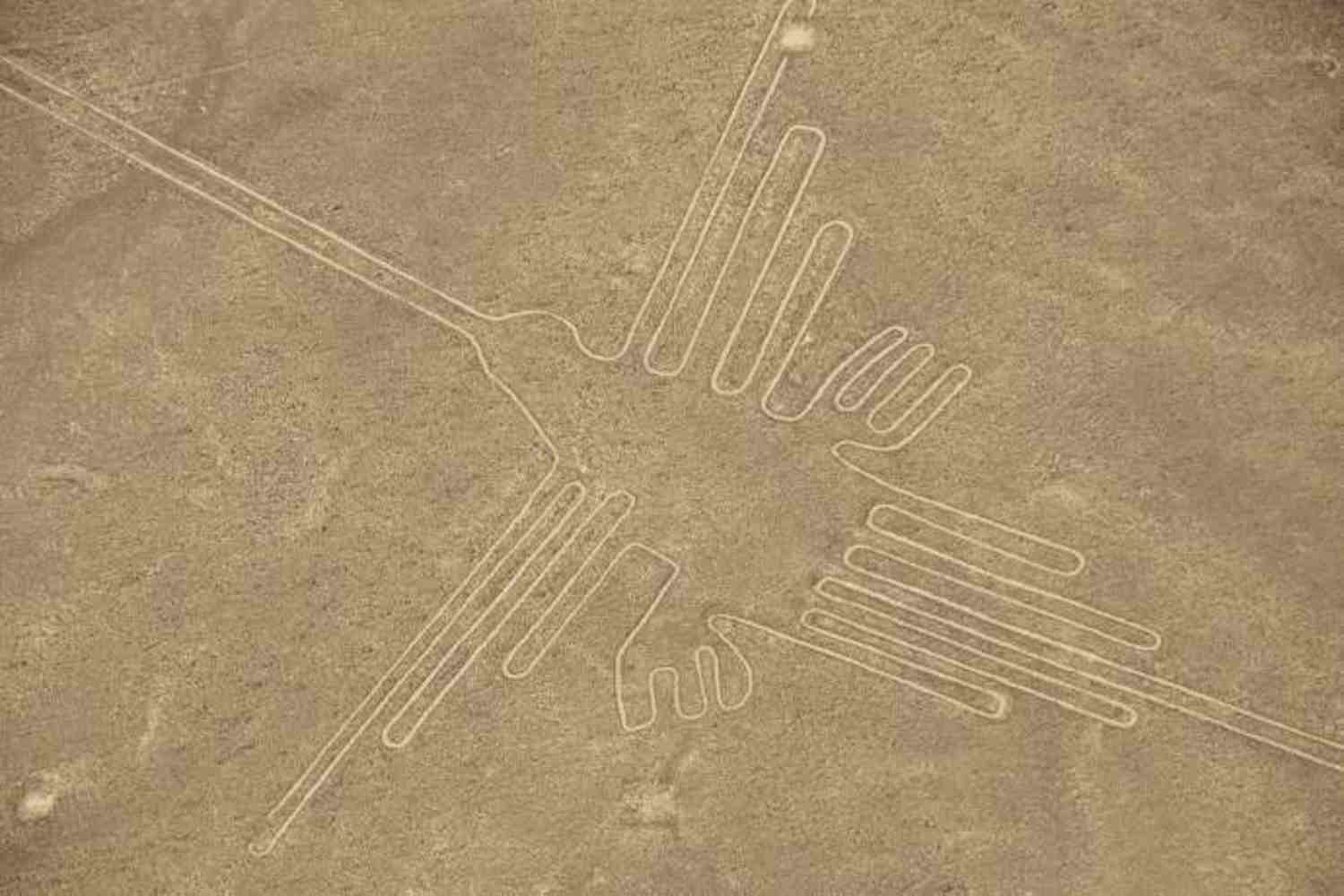Peru opens 770 square miles of protected Nazca land to mining, risking ancient UNESCO heritage and raising serious transparency concerns.

In Peru, one of the world’s most precious archaeological sites is at risk—again. More than 770 square miles (2,000 km²) of protected territory have been stripped from the Nazca archaeological reserve, clearing the way for a wave of mining claims in an area considered sacred by many.
According to data released by the Observatorio de Minería Ilegal y Actividades Vinculadas en Áreas Claves de Biodiversidad, a total of 165 applications for mining operations have already been submitted in the newly unprotected zones. The scale and speed of this shift are alarming.
A system tailor-made for opacity
What’s even more concerning is the timing. Fifty-eight of these applications were filed immediately after the new regulation came into effect, a coincidence too convenient to ignore. Most of the claims fall under the REINFO (Registro Integral de Formalización Minera), a registry meant to “formalize” small-scale mining operations but frequently criticized for its lack of transparency and loose oversight. Civil society groups have long denounced it as a backdoor for irregular and environmentally destructive mining.
These are not just speculative concerns. Many of the miners operating under REINFO function in decentralized, barely monitored structures, with little to no regard for environmental safeguards or cultural protections. In essence, a loophole is being exploited at the expense of Peru’s heritage.
A tone-deaf ministry response
In an interview with a local broadcaster, Peruvian Culture Minister Fabricio Valencia made an eyebrow-raising admission:
“We know that there are some mineral deposits, but I don’t have exact information on the type of mineral present in that area.”
It’s a startling confession—“We know there are some mineral deposits, but I don’t have exact information on what kind of mineral is in the area”—especially considering his own ministry published a report just last year identifying the Nazca reserve as the area most impacted by illegal mining across the country.
The backlash was swift. For many, it confirmed what they had feared: that the government is either unaware or uninterested in protecting this priceless site from industrial encroachment.
📣 Desde el OMI, exigimos la eliminación de esta normativa que vulnera las Líneas de Nasca. Alertamos que 58 nuevos…
Posted by Observatorio de Minería Ilegal Perú on Wednesday, June 4, 2025
The Nazca lines: a silent warning
The territories affected by these policy changes lie dangerously close to the Nazca Lines, a UNESCO World Heritage site since 1994. These sprawling geoglyphs—some as long as 1,200 feet (370 meters)—were etched into the desert between 500 BCE and 500 CE. They are both a historical marvel and a cultural enigma, and their preservation requires not just intention but action.
Mining—whether legal or informal—poses a direct threat to the fragile desert soil that has preserved these figures for over two millennia. Even small vibrations from excavation equipment can leave irreversible scars.
The government’s loosening of protections isn’t occurring in a vacuum. It reflects a broader, troubling trend: economic reliance on extractive industries, even when it comes at the cost of environmental and cultural degradation.
Peru is among the top global producers of copper, gold, and silver, and the mining lobby has long held sway over policy decisions. What’s happening in Nazca is not just a local issue—it’s a mirror reflecting Peru’s internal conflict between short-term profits and long-term legacy.
